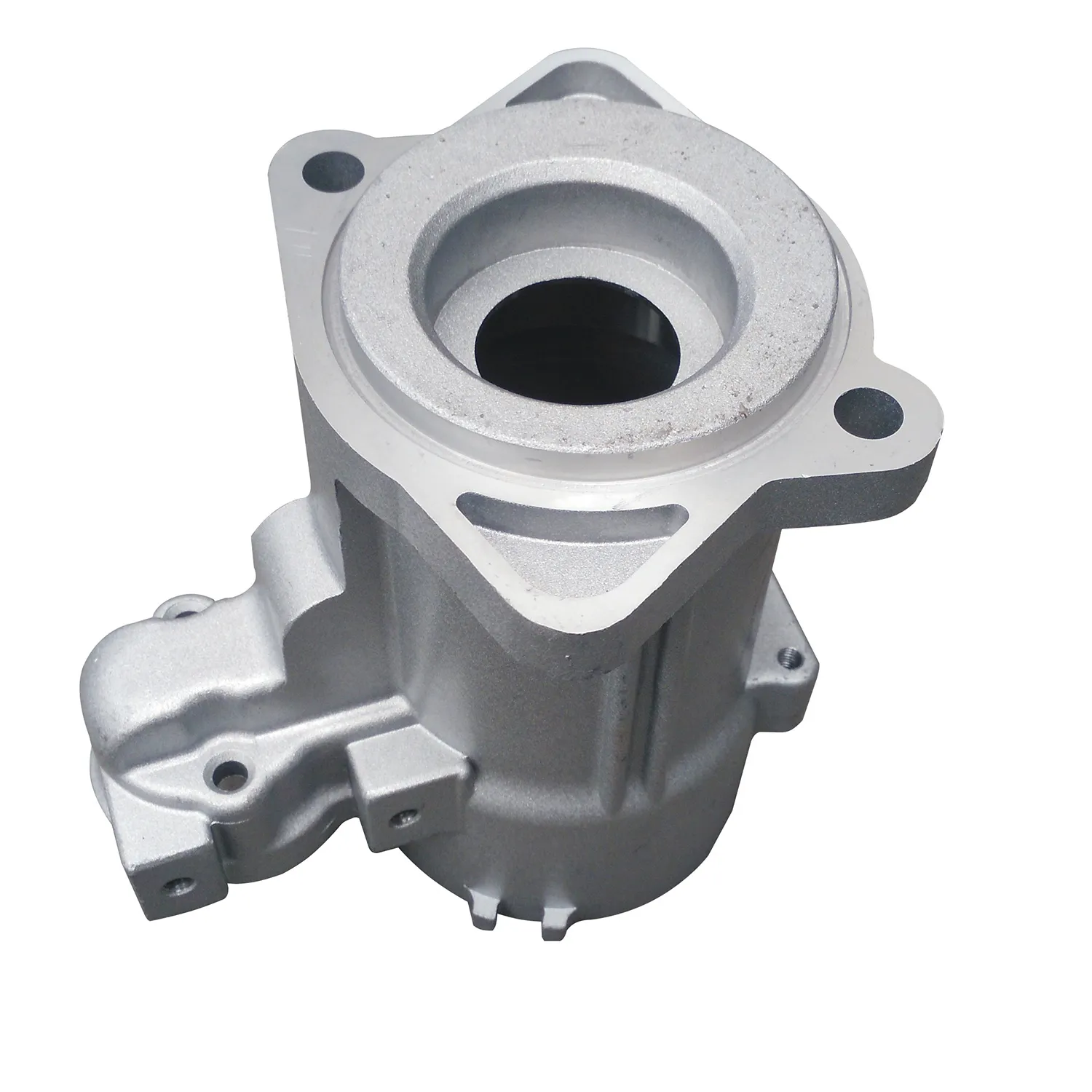Mobile:+86-311-808-126-83
Email:info@ydcastings.com
Exploring the Design and Efficiency of Tapping Turbo Compressor Housing Systems
Tapping Turbo Compressor Housing Understanding the Process and Significance
Turbo compressors are integral components in many industrial applications, playing a vital role in enhancing efficiency and performance. One of the lesser-discussed aspects of turbo compressor design and maintenance is the tapping of the compressor housing. This process involves creating threaded holes in the housing for various purposes, including mounting, maintenance, and performance enhancement. In this article, we will explore the significance of tapping turbo compressor housings, the methods employed, and best practices for achieving optimal results.
Understanding Turbo Compressors
Turbo compressors are machines used to increase the pressure of a gas by reducing its volume. They are widely utilized in applications ranging from gas pipelines, petrochemical plants, and refrigeration systems to automotive turbocharging. The compressor housing is the casing that encloses the compressor stage, protecting it from external elements and providing structural integrity. The process of tapping the housing is essential in certain applications where ancillary devices are required, or where modifications are necessary for improved performance.
The Importance of Tapping
1. Mounting Accessories One of the primary reasons for tapping the turbo compressor housing is to facilitate the mounting of accessories such as temperature sensors, pressure transducers, or additional piping. These components are crucial for monitoring performance and ensuring the system operates within designed parameters.
2. Maintenance Points Tapping can provide access points for maintenance purposes. For instance, threaded holes can be used for draining fluids, bleeding air, or injecting additives. Regular maintenance is critical for the longevity and efficiency of turbo compressors, and having easy access points can simplify the process considerably.
3. Performance Enhancement In some cases, tapping the housing can enable modifications that enhance compressor performance. This could involve adding components that optimize airflow or reduce turbulence, ultimately leading to improved energy efficiency and output.
Tapping Methods
When tapping turbo compressor housings, several techniques can be employed, depending on the material and design of the housing. Here are the most common methods
1. Manual Tapping This traditional method involves using a hand tap and a wrench. Manual tapping requires precision and skill to ensure that the threads are correctly aligned and that the tap does not break during the process. This method is suitable for small-tap sizes and less complex geometries.
tapping turbo compressor housing

2. Power Tapping For more substantial and more demanding taps, power tapping utilizing a drill or a tapping machine can be employed. This method is faster and often more consistent, producing cleaner threads. It is particularly useful for larger housings or when multiple holes need to be tapped.
3. CNC Machining For high-precision requirements, CNC (Computer Numerical Control) machining can be used. This method allows for extremely accurate and repeatable tapping processes, making it ideal for high-end applications where tolerances must be tightly controlled.
Best Practices for Tapping
To ensure the integrity and performance of the compressor housing, several best practices should be adhered to during the tapping process
1. Material Consideration Understand the material of the housing before tapping. Different materials (aluminum, stainless steel, etc.) have unique properties that affect cutting speeds and tap selection.
2. Coolant Use When tapping, especially in metals, using cutting fluid can significantly reduce friction, improve the tap's lifespan, and yield cleaner threads.
3. Proper Alignment Ensuring that the tap is aligned correctly is crucial to prevent cross-threading and damage to the housing.
4. Deburring After the tapping process, it's essential to deburr the holes to eliminate any sharp edges that could lead to leaks or stress concentrations.
Conclusion
The tapping of turbo compressor housings is a critical aspect of maintaining and optimizing these robust machines. By understanding the significance of tapping, employing appropriate methods, and following best practices, engineers can ensure that turbo compressors operate efficiently, effectively contributing to the overarching goals of any industrial application. As the demands on turbo compressors continue to evolve, the tapping process will remain a fundamental technique in ensuring the adaptability and longevity of these essential machines.











